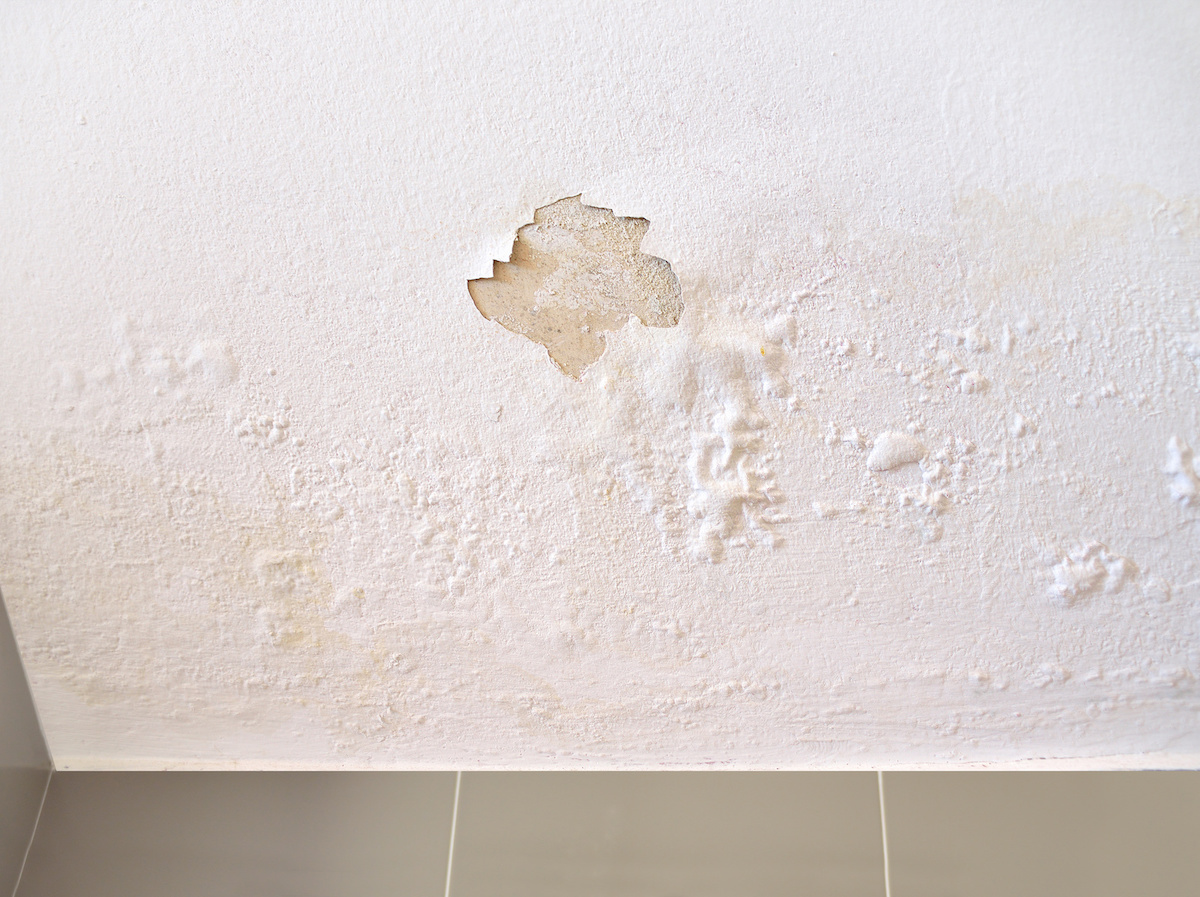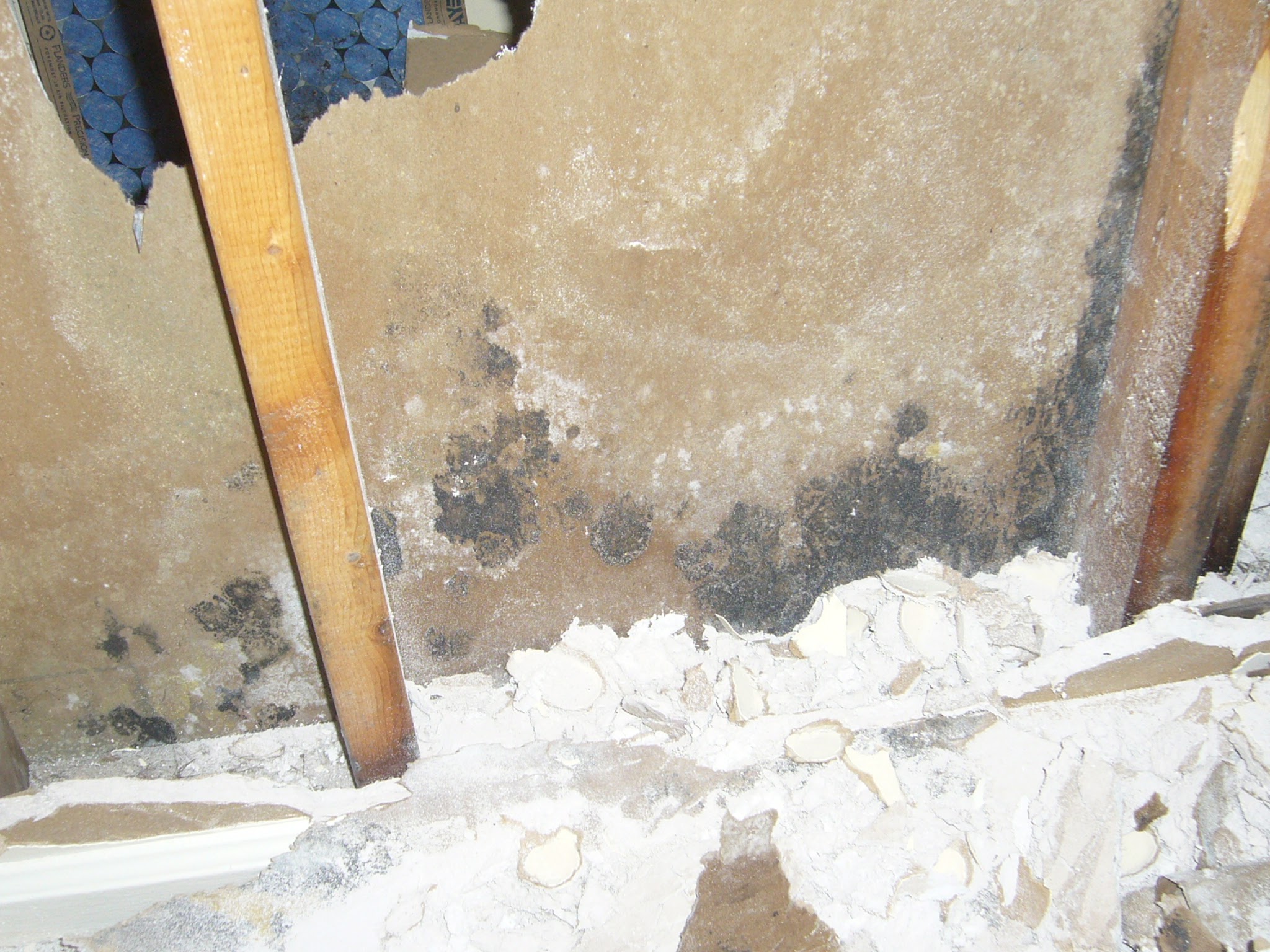Bathroom Water Damage - Ways To Stop This Happening
Bathroom Water Damage - Ways To Stop This Happening
Blog Article
Are you currently searching for information on Looking for Signs of Water Damage in the Bathroom?

The washroom is exceptionally prone for wet buildup and also prospective water damages as a result of the frequent use of water in it. This short article offers easy evaluation methods to assist finding water damages dangers.
The regular use water in the shower room makes it very prone for damp build-up as well as prospective water damage. By examining it frequently, you can reduce water related damages.
The following set of inspections is very easy to carry out as well as ought to be done as soon as in every 3 months in order to keep your restroom in good shape and to stop possible water damages caused by the bath tub, the shower, pipeline joints as well as plumbing, sinks, cupboards, and the commode
Do not overlook carrying out these evaluations and be thorough while performing them. Remember that these straightforward examinations can conserve you a lot of money by offering very early signs for water damage
Sinks and also Cabinets
Sinks and also cupboards are subjected to moisture and moisture day-to-day as well as are typically neglected. Inspect regularly under the sink and also on the countertop above it. Fix any type of drip in the trap as it may recommend drain problems. Look around the sink, slow-moving draining pipelines may show an obstructed drain. Replace sink seals if they are split or loose.
Bath tub as well as Shower
The shower as well as bathtub need special focus and upkeep. Inspect the floor tiles as well as replace if fractured. See to it that there is no missing cement between the ceramic tiles. Evaluate and change cracked caulking at joints where the walls satisfy the flooring or the bathtub. Blocked drains pipes and pipes issues will certainly prevent the tub from drying out and might show serious issues under the bathtub. Talk to a specialist immediately to prevent architectural damage. Take note of stainings or soft locations around the bathtub walls as they might show an internal leak.
Plumbing
Signs for water damages are tough to detect because many pipes are set up inside the wall surfaces.
Pay special attention to flooring as well as walls moisture as well as spots as they might show an unnoticeable plumbing issue. Inspect wetness levels in adjacent spaces also.
The Commode
The commode is an at risk water joint. Examine the water lines and also look for leakages around the commode seat, in the tube, as well as under the water storage tank. If you find any kind of indicators of wetness on the flooring around the commode, look for leakages in the toilet edge and also container seals.
Be aware that hanging toilet bowl antiperspirants raises the opportunities for obstructions.
How to Prevent Water Damage in Your Bathroom
A major concern in the home is the potential water damage. Water damage can lead to a plethora of problems within the home, such as the growth of mold, multiple electrical malfunctions, and home flooding.
Water leaks have multiple causes, including burst pipes, an overflowing washing machine or dishwasher, or failed insulation allowing outside water to enter the home. These can lead to some damage, however, the larger concern is that the after-effects of water damage go unnoticed and cause even more damage.
We want to help you ensure the safety of your home from potential damage! Continue reading to see steps you can take today to help prevent bathroom water damage.
Causes of Water Damage in the Bathroom
Water damage in the bathroom can be distinctly different from other areas in the home due to the amount of water used in that area being typically higher than in areas like the kitchen. This increased water usage poses some potential issues for water damage in the bathroom.
For example, every time you shower or bathe, the hot water mixes with the air to produce steam, also creating excess moisture. Without proper ventilation, that water will condensate and bead up on colder surfaces. Puddles on flat surfaces can also occur, which is why your bathroom counter or floor may feel more slippery after stepping out of the shower.
This moisture can seep into walls and flooring and provide mold with the standing water it needs to grow. Standing water can also cause wood to warp, weaken, or even rot, so it is important to recognize differences in wooden floors.
Another widespread cause of water damage in bathrooms is pipes that are cracked. Broken pipes can be disastrous as they lead to flooding, water leakage in pipes, and, in certain conditions, frozen pipes.
There are numerous pipes connecting to the bathroom plumbing because the sink, toilet, shower, and/or bathtub need to produce water. However, leaks can oftentimes be difficult to notice, which gives the water time to seep and collect.
Broken pipes are a bit more noticeable but also significantly more detrimental. If a pipe breaks or bursts, immediately turn the shut-off valve to cut off water access to the bathroom and call a plumber immediately to prevent or fix any damage in your bathroom.
Signs of Water Damage in the Bathroom
The three major signs of water damage in any room are discoloration (mostly on the walls and ceiling), the growth of mold, or the presence of an odor similar to wet cardboard or newspaper.
It is important to recognize these signs and perform regular checks to inspect the home for any signs of potential water damage.
Mold growth is especially dangerous as it can eat away at certain materials and cause serious health hazards to both adults and animals.
Water damage and mold can affect several areas of the bathroom, including around the sink faucet, bathroom storage cabinets, walls and floors, and the shower or bath. Every one of these locations is at risk of having water damage, especially since the bathroom is one of, if not the most, water-filled area of the home.
Another place to check for water damage is the bathroom tile. Water-damaged tiles may become spongy in texture or come loose. This can also damage the layer of subflooring underneath the tile.
If there is any amount of noticeable water damage, call local water damage restoration services immediately to inspect areas for potential mold growth, fix water lines, or prevent further damage.
Protecting the Bathroom from Water Damage
There are some actions you can take now to help prevent water damage in your bathroom.
Ventilation
One of the most important steps is to make sure your bathroom has proper ventilation.
Consider installing an exhaust fan in your bathroom to minimize excess moisture buildup on the walls and ceiling. The exhaust fan will help absorb the excess moisture out of the air and keep it away from the walls and flooring of your bathroom.
Pick Up Wet Towels
Avoid leaving towels and washcloths lying around, especially after being dampened. Hang towels up and away from the floor so they can dry quickly. Failure to do so will result in theml retaining moisture long enough to get moldy.
Also, consider hanging up any wet-soaked bath mats after every use to prevent water from seeping into the floor. Also, place hanging shower curtains inside the bathtub or shower to drain out down the drain.
Sealant
Make sure that all grout and caulk in the bathroom are properly sealed and uncracked. If you notice cracks or damage in the caulking of your bathroom, it is easy to doon your own.
Firstly, remove all old sealants before resealing these areas. Make sure to do this in all areas of the bathroom, including the bathtub, shower, and sink.
Make sure you have the proper tools to do the job and follow the instructions on how to properly seal silicone sealant. We have instructions on how to do this exact task here.
Use the proper type of sealant made for the bathroom. We recommend a sealant that is mold and mildew resistant to help prevent mold buildup.
Along with these steps, make sure to check all areas where water can accumulate in your bathroom on a regular basis, including underneath the sink!
https://siliconedepot.com/blog/how-to-prevent-water-damage-in-your-bathroom-/

Do you enjoy reading about Looking for Signs of Water Damage in the Bathroom? Try leaving a remark down the page. We'd be pleased to hear your ideas about this posting. In hopes that you come back again soon. Sharing is nice. You just don't know, you may very well be helping someone out. Thanks so much for taking the time to read it.
Additional Information Report this page